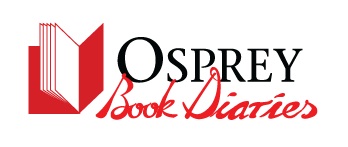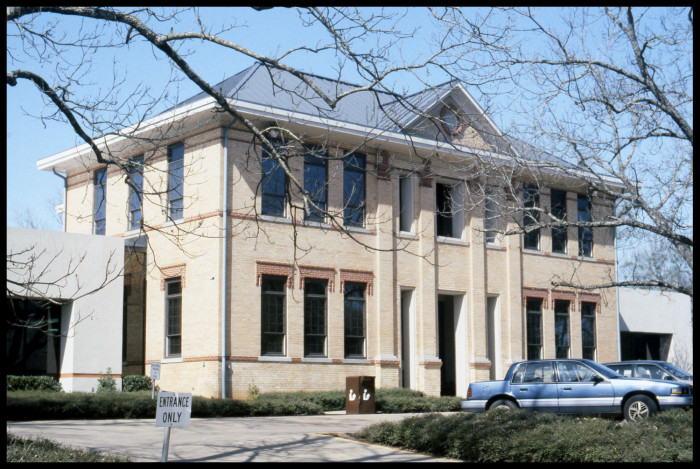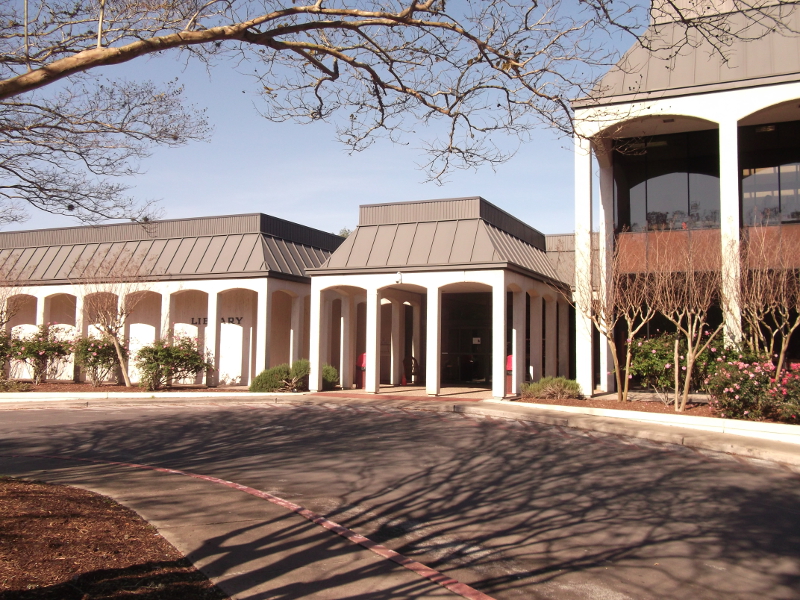
Libraries
Earlier, I talked about one set of sources I will use to research World War I Seaplane and Aircraft Carriers: books and magazines that have been in the family for years. But obviously my researches are not limited to the family archives. Libraries play a big part in filling gaps. I love libraries: public libraries, university and college libraries, and research collections.
I grew up in Ann Arbor, Michigan. Back then, the university there – the University of Michigan –supposedly had the fourth largest library system in the United States. (The Library of Congress was first, I bet the New York Public Library was second. Anyone know what was number three? I don’t.)
By junior high I discovered that you could use these libraries’ books if you behaved yourself. Even specialized libraries, like the Clemens Historical Library, welcomed me. Other kids rolled their coins earned flipping burgers down pinball machines. I fed my nickels into photocopy machines at the UM libraries.
I lost access to these libraries when I left Ann Arbor. Instead, I started using the public libraries. Living in Houston, Texas, I could borrow any book in the Houston Public Library System through the small branch I used.
Then I discovered interlibrary loan (ILL). Fill out a form. Get a book you want. Even when your library did not have it. From anywhere in the country. Wow!
You could get surprising stuff through public libraries. In the 1980s I borrowed William James’s The Naval History of Great Britain through ILL. Octavo editions, printed in 1859. Six volumes. I photocopied all six, binding my copies. (No PDF back then.) Years later, I used those self-bound books while writing British Frigate vs French Frigate.
The ILL habit stayed with me. When I first started writing for Osprey in the mid-1990s, I lived the East Texas town of Palestine, TX, population 22,000 (pronounced Pal-es-TEEN). Its small public library allowed me access to the research material I needed for my first New Vanguard (American Heavy Frigates).

Palestine Public Library in the 1990s - Courtesy Palestine Public Library Palestine TX
I moved back to Houston in 2002, working for a NASA contractor on the Shuttle program. That job provided borrowing rights at a local university, including ILL. If you think you can get a lot of books through ILL at a public library, wait until you see what you can get through a university library. Your access is cubed and squared. As a NASA borrower, I could borrow unlimited numbers of books, renew books without limit, and paid no fines if I were late.
Every book I wrote between 2004 and the end of the Shuttle program in August 2011 benefited from the research material I obtained through that library. Alas, not only did I lose the NASA job when the Shuttle program ended, but that library ended its association with NASA that year anyway.
The good news? Online libraries – Google Books, Internet Archives, two Making of America archives, Forgotten Books, and Project Gutenberg – replace ILL for public domain books. The bad news? Many books that I need for World War I Seaplane and Aircraft Carriers are not in the public domain. Back to ILL – through my local public library. Fortunately, public library ILL usually gets most books published after 1922. (Except maybe the 1928 and 1932 editions of Jane’s Fighting Ships – which I need for one plate. Oh, well.)
Next time, I will continue talking about libraries – and how special collections make Osprey authors happy. This tale involves our friend Ark Royal.
Helen Hall Library - My Current Public Library
| Previous: Artistic License | Next: A Little Help from my (Librarian) Friends |


Comments
You must be logged in to comment on this post. Click here to log in.
Submit your comment